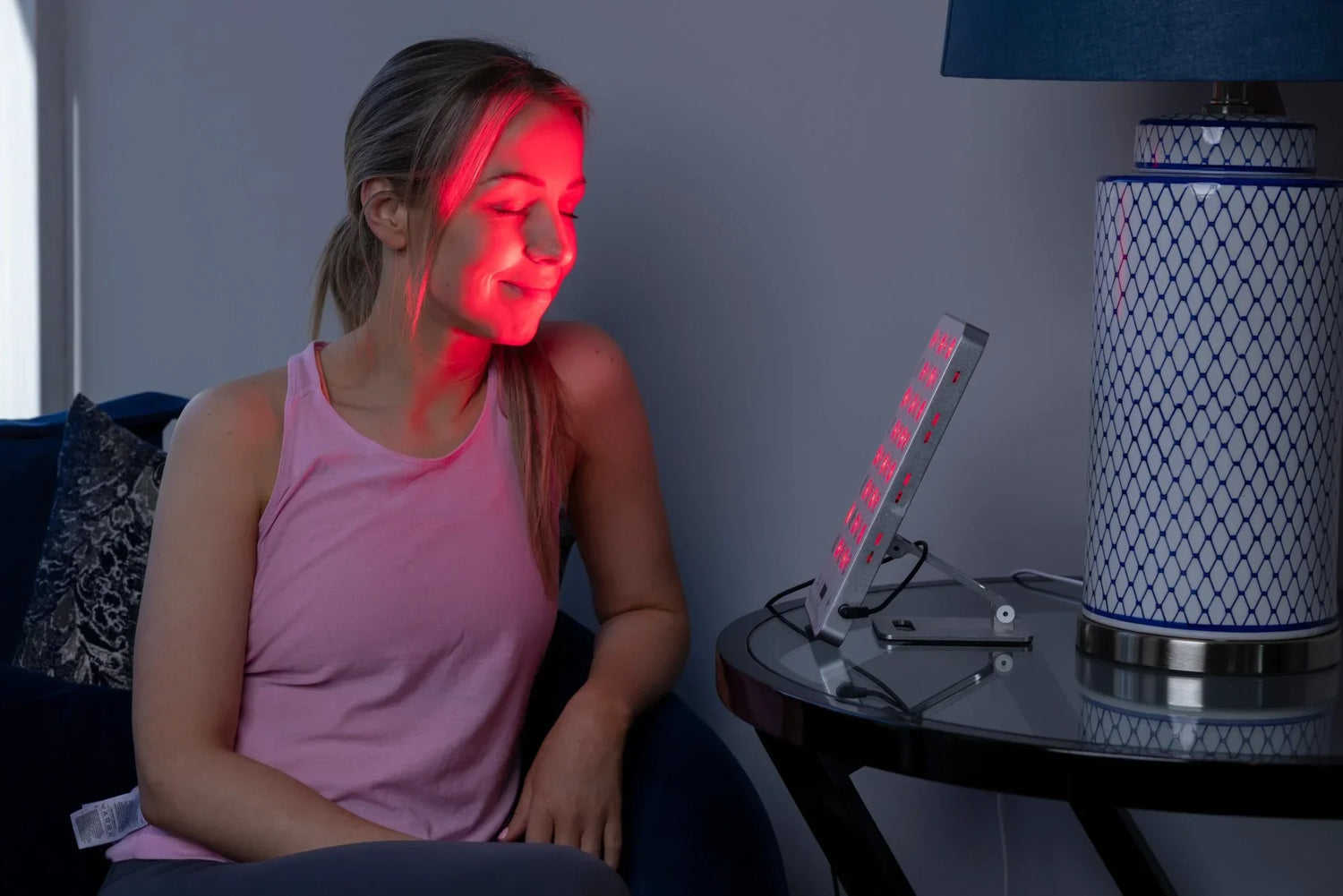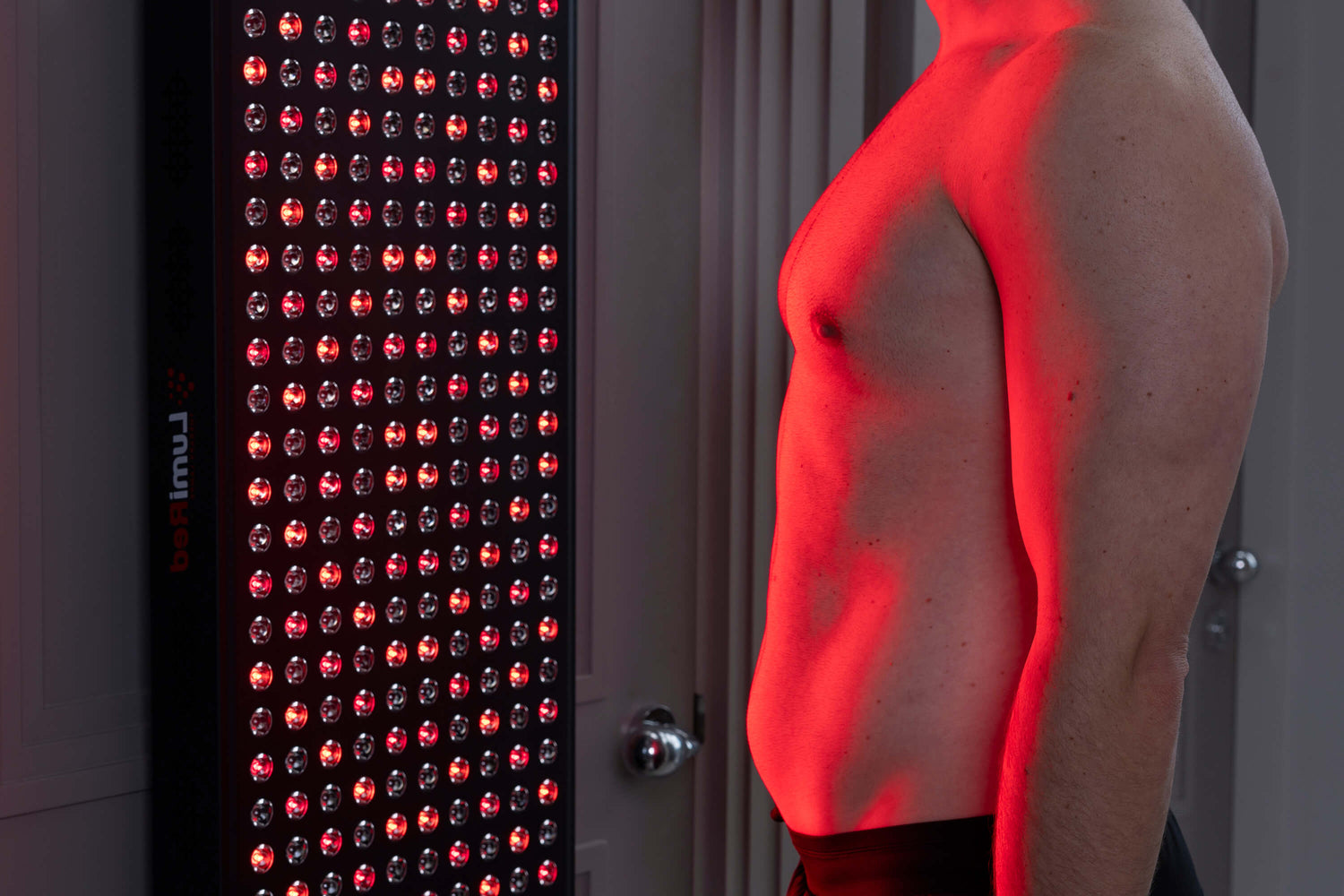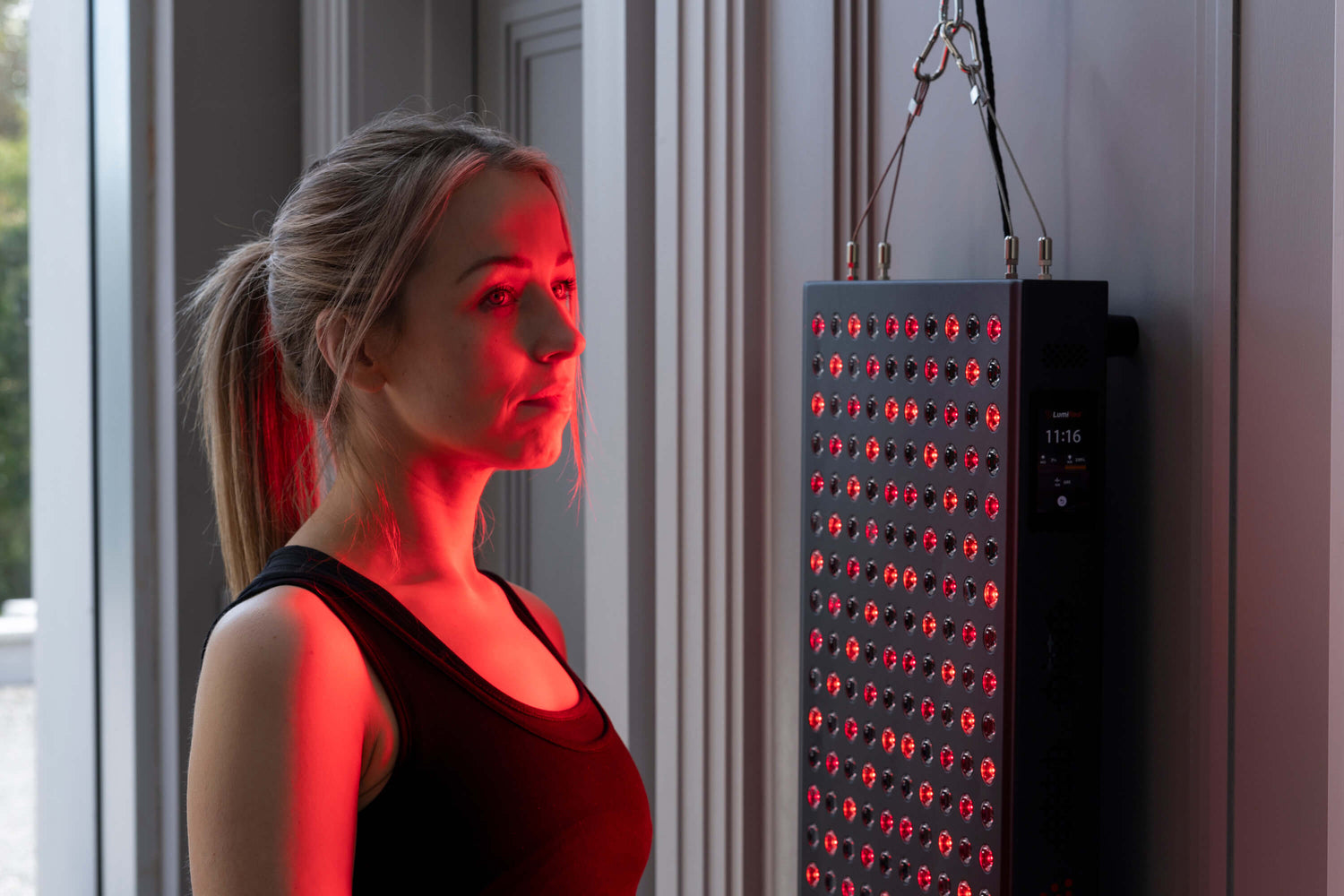Red light therapy (RLT) is increasingly recognized for its potential in accelerating the recovery from injuries, owing to its ability to enhance cellular function and promote tissue repair. Here's how RLT can facilitate faster healing:
1. Stimulating Cellular Energy Production: RLT works by emitting specific wavelengths of light that are absorbed by the mitochondria in cells, boosting the production of adenosine triphosphate (ATP). Increased ATP production enhances the energy available for cells to repair and regenerate, crucial for healing injured tissues.
2. Reducing Inflammation and Pain: Inflammation is a natural response to injury, but excessive inflammation can slow the healing process and cause pain. RLT has been shown to reduce inflammation and alleviate pain, creating a more conducive environment for healing and reducing recovery time.
3. Enhancing Circulation: Improved blood flow is another benefit of RLT. Enhanced circulation delivers more oxygen and nutrients to the injured area, which are essential for repair, and helps in removing waste products from the cells, further aiding in the healing process.
4. Promoting Collagen Production: Collagen is a key protein in the body's connective tissues, and its production is vital for the healing of injuries, particularly those involving the skin, muscles, and tendons. RLT has been found to stimulate collagen synthesis, thereby supporting the repair and strengthening of damaged tissues.
5. Accelerating Tissue Repair: RLT can accelerate the regeneration of various tissues, including skin, muscle, and bone. This hastened tissue repair is beneficial in reducing the overall recovery time from injuries.
6. Reducing Oxidative Stress: Oxidative stress can impede healing. RLT helps in reducing oxidative stress in cells, thereby supporting a healthier and quicker recovery process.
7. Non-Invasive and Safe: As a non-invasive treatment with minimal side effects, RLT is a safe option for speeding up injury recovery, suitable for regular use without the risk of complications associated with more invasive treatments.
Welcome to our store
Welcome to our store
Welcome to our store




